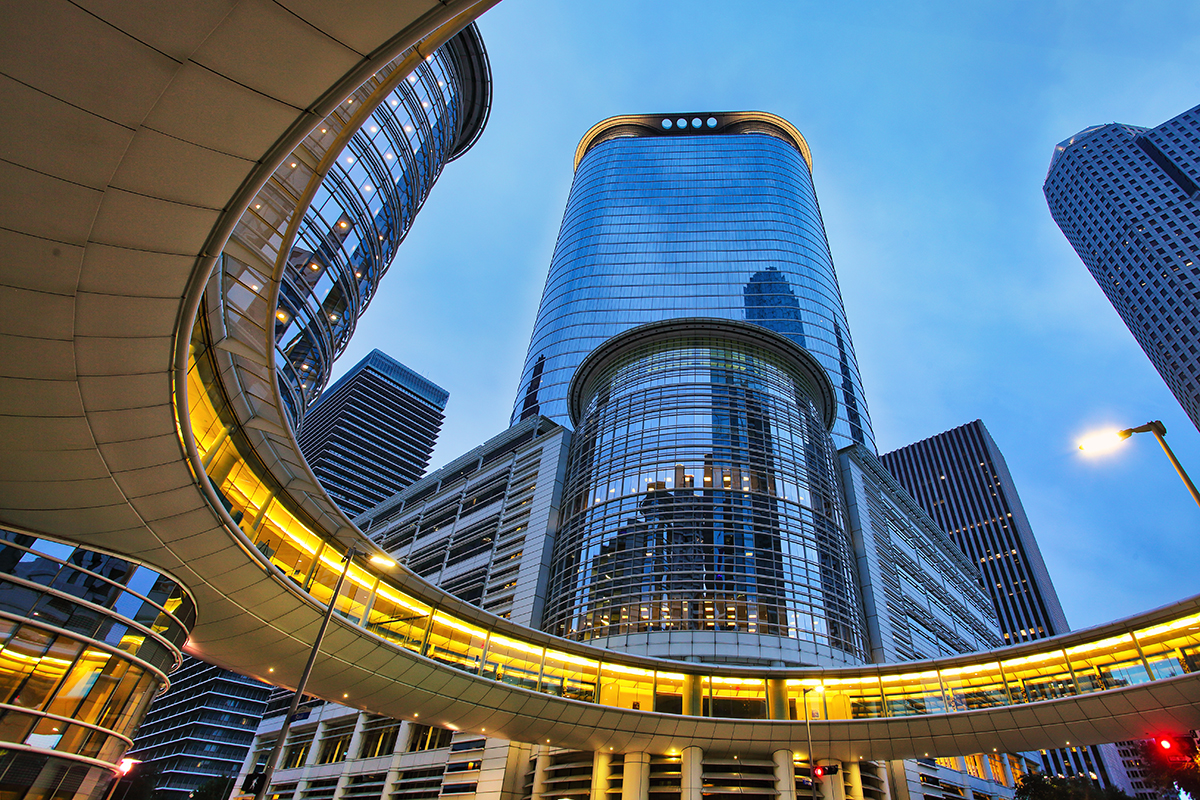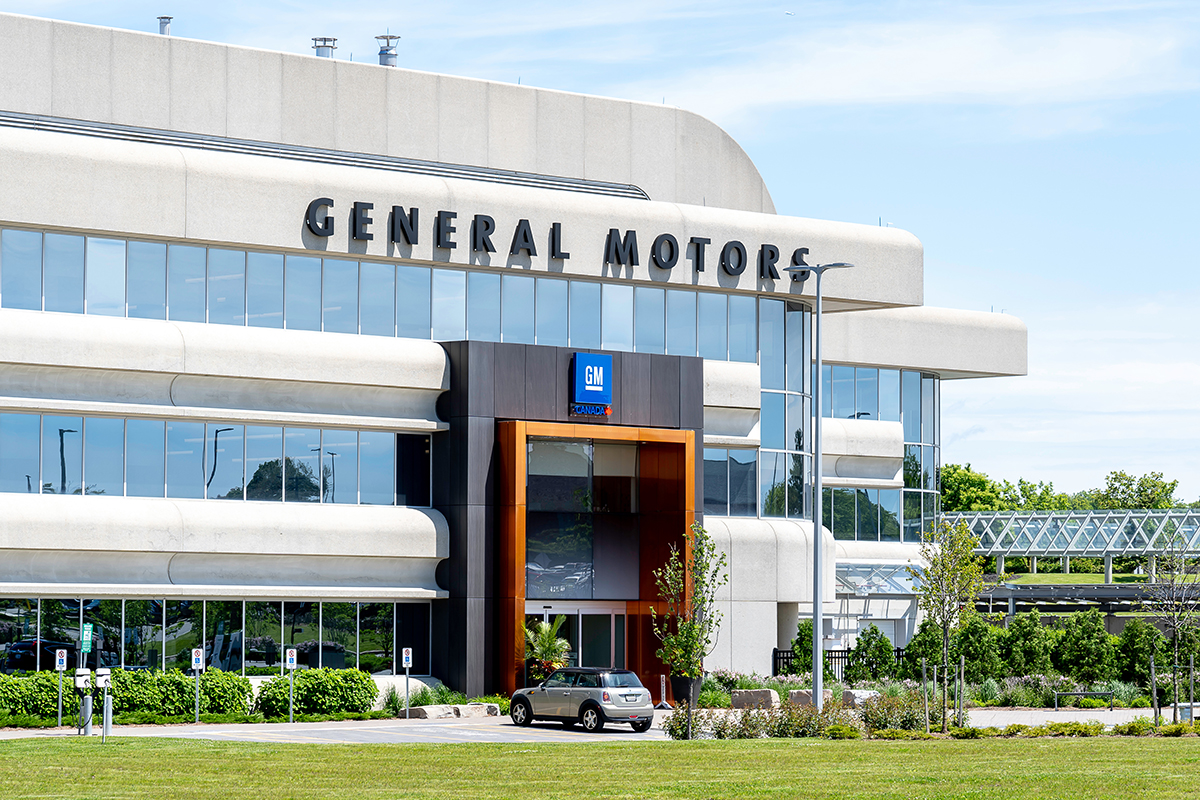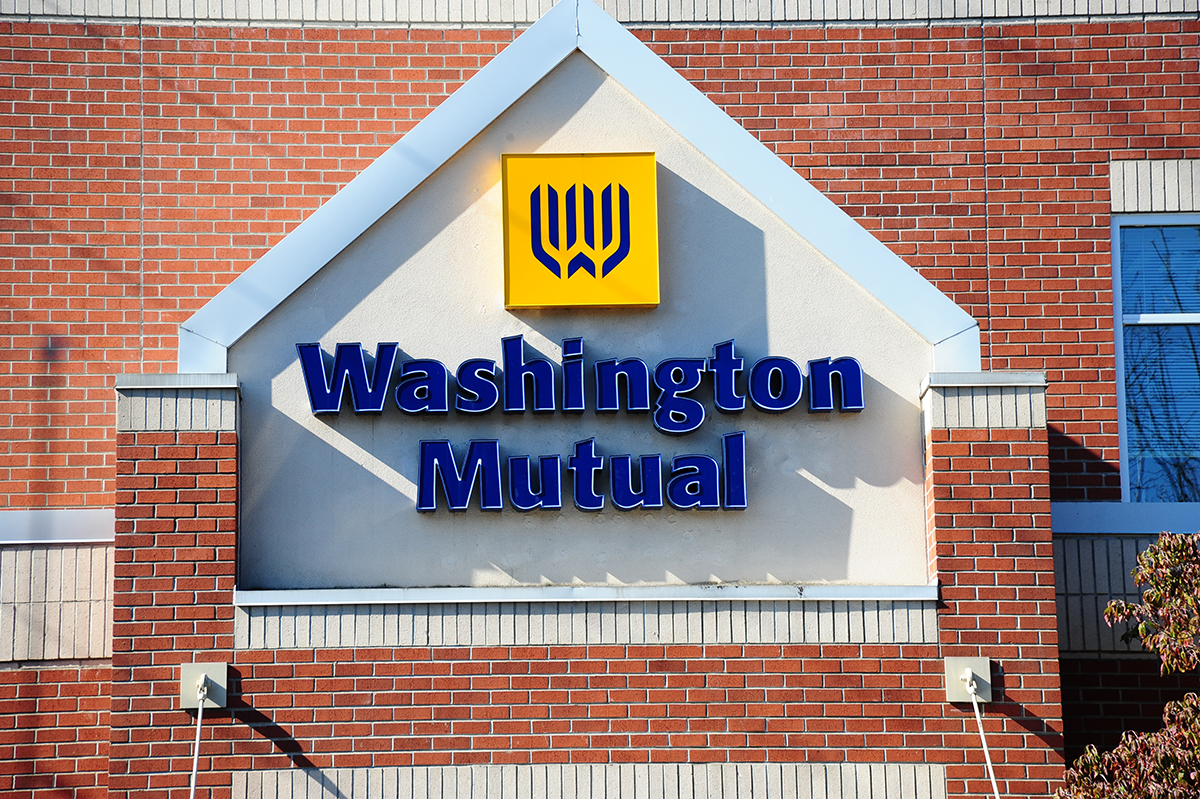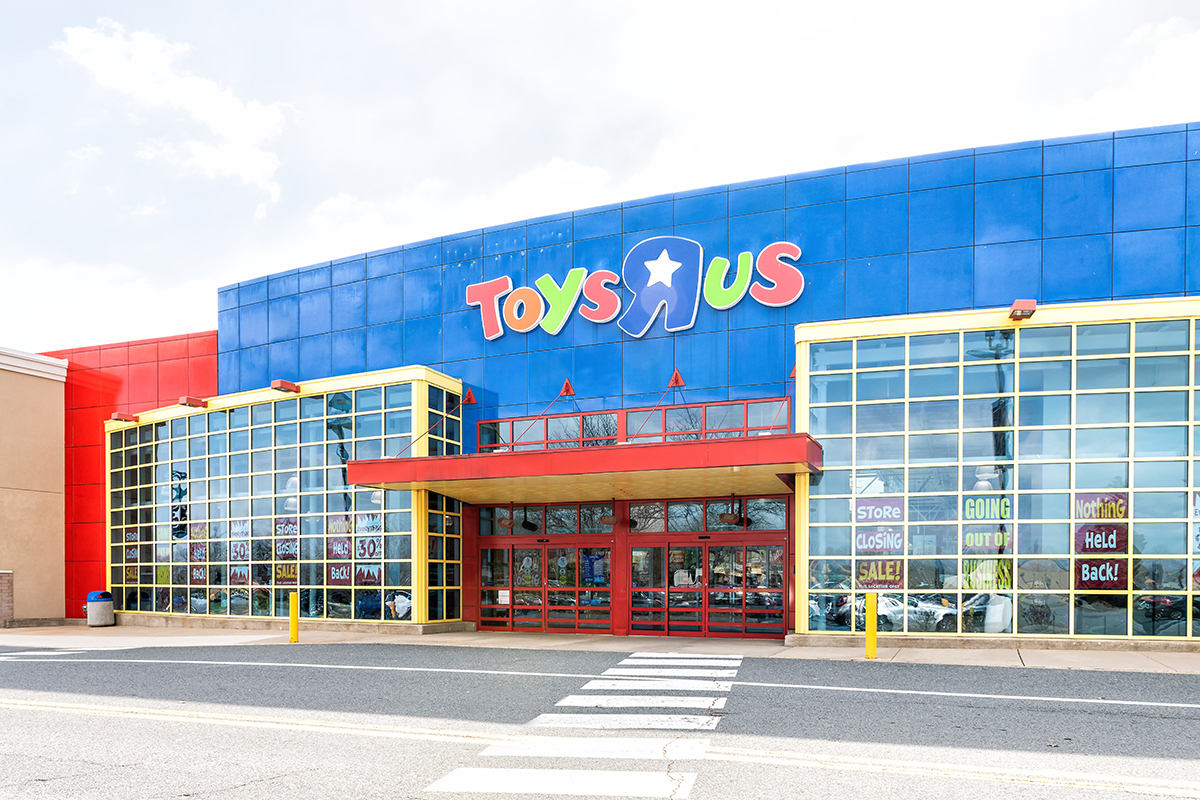Famous Business Bankruptcies in the U.S.
Business bankruptcies are a common phenomenon, but major ones are rather uncommon. In 2008, the Great Recession caused many major businesses to fail. Due to the recent pandemic, the economy is again in recession, and we can learn valuable lessons by studying the most famous business bankruptcies in American history.
The 5 most famous bankruptcies are:

1.
Lehman Brothers (2008)
The collapse of Lehman Brothers is arguably the most famous bankruptcy in U.S. history. Up until 2008, Lehman Brothers was the fourth largest investment bank in the U.S., with $639 billion in assets. Then the financial crisis happened, and 2,5000 of its employees lost their jobs.
Lehman Brothers was founded in 1847 and it was a very powerful bank. The company had witnessed the Great Depression, two world wars, and other disasters like capital shortage and Russian debt default. The company made it through all these tough times, but in the end, it had to close down.
Factors Leading to the Lehman Brothers Bankruptcy
The main reasons leading to the Lehman business bankruptcy were the collapse of the US housing market and their involvement in mortgage-backed securities. By 2004, it had acquired five mortgage lenders, which proved to be very successful during the housing boom. When the stock market plummeted in 2007, the subprime mortgages defaulted. As the housing bubble burst, the value of these assets plummeted, leaving Lehman with enormous losses. [1]
The US government refused to provide a bailout package to Lehman. The hope that the Korean Development Bank would help Lehman did not materialize. As a result, the company filed for bankruptcy on September 15, 2008, marking the largest bankruptcy in U.S. history at the time.
Impact of the Lehman Brothers Bankruptcy
The Lehman Brothers bankruptcy shocked the global financial system as the London office and other global subsidiaries closed. This caused a lot of panic and made borrowing money more expensive. [2]
2.
Enron (2001)
The Enron Corporation was once hailed as one of the most innovative and fast-growing companies in the United States, but its spectacular collapse became one of the largest accounting scandals and bankruptcies in history. Enron was founded in 1985 as a merger between two natural gas companies. It quickly expanded its operations, transforming itself from a simple energy company into a diversified entity involved in energy trading, broadband, and international markets.
Factors Leading to the Enron Bankruptcy
Enron’s downfall was primarily due to fraudulent accounting practices. The company made secret deals and set up special businesses to hide big debts and make their profits look bigger. With the help of its accounting firm, Arthur Andersen, Enron manipulated its financial statements to present a rosy picture to investors, while its actual financial condition was dire.
In late 2001, Enron’s fraudulent activities came to light. Its stock, which once traded at over $90 per share, plummeted to less than $1. In December 2001, Enron filed for bankruptcy, listing $63.4 billion in assets, which at the time was the largest corporate bankruptcy in U.S. history. [3]

Impact of the Enron Bankruptcy
Enron’s collapse had wide-ranging consequences. Thousands of employees lost their jobs, and many saw their retirement savings wiped out, as much of their investments were tied to Enron stock. The scandal also caused Arthur Andersen to fail and shut down. It was one of the five largest accounting firms in the world, and it was found guilty because it obstructed justice by destroying Enron-related documents.
The Enron scandal changed how companies are run and how they share financial information. One big change was a law called the Sarbanes-Oxley Act of 2002. This law did the following:
- Made punishments for cheating tougher
- Required companies to have financial transparency
- Made rules to watch over accounting companies more closely [4]
3.
General Motors (2009)
General Motors (GM), once the largest and most powerful car manufacturer in the world, filed for bankruptcy in 2009, marking one of the most significant industrial failures in U.S. history. GM was founded in 1908, and it dominated the automobile industry for a long time. It owned car brands like Chevrolet, Buick, GMC, and Cadillac. However, by the 2000s, the company faced many challenges. This included high labor costs, declining market share, and a changing global economy.

Factors Leading to the General Motors Bankruptcy
GM’s downfall was due to a combination of internal mismanagement, external competition, and the broader economic environment. For years, GM relied heavily on sales of large, gas-guzzling vehicles like SUVs and trucks. At the same time, competitors like Toyota and Honda gained ground with more fuel-efficient and environmentally friendly models. GM had to pay a lot for workers and pensions, which made it hard to keep up with smaller, cheaper foreign car companies.
The 2008 financial crisis made GM’s problems even worse. People stopped buying new cars, and the company could not get the money. However, the troubling financials caused plant closures, thousands of job losses, and a significant reduction in the company’s product lineup needed to keep running. On June 1, 2009, GM filed for Chapter 11 bankruptcy protection. The U.S. government intervened with a $50 billion bailout, which allowed GM to restructure and emerge from bankruptcy later that year. [5]
Impact of the General Motors Bankruptcy
The GM bankruptcy was a watershed moment for the U.S. auto industry. In the end, the company bounced back after going bankrupt. However, the troubling financials caused plant closures, thousands of job losses, and a significant reduction in the company’s product lineup.
The government’s help to save GM and Chrysler caused a lot of debate. Some people thought the car companies should have failed. Others felt the help was needed. They believed the help would save millions of jobs. It was also seen as a way to stop the economy from getting worse.
GM’s bankruptcy and changes made the car industry pay more attention to new ideas, ones that used less gas, and and that were more frugal.
4.
Washington Mutual (2008)
Washington Mutual (WaMu) was the largest savings and loan association in the U.S. before its collapse in 2008, a victim of the subprime mortgage crisis that also claimed Lehman Brothers. WaMu was founded in 1889 and became one of the country’s largest financial institutions. It provided banking, home loans, and credit card services.
Factors Leading to the Washington Mutual Bankruptcy
WaMu’s downfall was closely linked to its aggressive expansion into the mortgage market, particularly subprime loans. The company gave out a lot of risky home loans to people with bad credit. When the housing bubble burst, the value of these mortgages collapsed, leaving WaMu with billions of dollars in losses.
In September 2008, WaMu experienced a massive run on the bank as depositors withdrew $16.7 billion in just 10 days, fearing the company’s insolvency. Unable to raise sufficient capital to cover its losses, WaMu was seized by federal regulators on September 25, 2008. It was the biggest bank to fail in U.S. history, with $307 billion in assets. JPMorgan Chase purchased most of WaMu’s assets in a government-assisted deal. [6]

Impact of the Washington Mutual Bankruptcy
WaMu’s collapse showed problems in the U.S. banking system, especially with home loan rules. Washington Mutual’s failure also made the financial crisis worse and led people to rethink how savings and loan companies worked.
5.
Toys "R" Us (2017)
Once the go-to destination for children’s toys and games, Toys “R” Us was a retail giant that operated for more than 70 years before filing for bankruptcy in 2017. The company was started in 1948 and grew with stores in the U.S. and around the world. But it had trouble keeping up as more people started shopping online.

Factors Leading to the Toys "R" Us Bankruptcy
Toys “R” Us’ downfall can be attributed to a combination of poor financial decisions, increased competition from online retailers like Amazon, and a failure to adapt to changing consumer behavior. In 2005, the company was taken private in a leveraged buyout by private equity firms Bain Capital, KKR, and Vornado Realty Trust, which saddled it with $5 billion in debt. The company had so much debt that it couldn’t spend money to fix its stores or make its online shopping better.
Despite efforts to modernize, including partnerships and online sales initiatives, Toys “R” Us could not compete with larger, more nimble competitors. In September 2017, the company filed for Chapter 11 bankruptcy protection, citing its overwhelming debt load and declining sales. [7]
Impact of the Toys "R" Us Bankruptcy
The Toys “R” Us’ bankruptcy showed the risks of high debt and the importance of adapting to market trends. The company’s failure also showed how hard it is for regular stores to compete with online shopping. While the company hoped to restructure and emerge from bankruptcy, it ended up closing all its U.S. stores in 2018. This caused the loss of thousands of jobs.
Business Lessons to be Learned
The five bankruptcies detailed above represent significant moments in U.S. business history, each highlighting different causes of financial collapse—from fraud and mismanagement to changing market dynamics and global economic crises.
If you own a business and are considering filing a business bankruptcy, contact Frego & Associates today for a free consultation.
FAQs
Lehman Brothers collapsed due to its heavy exposure to subprime mortgage-backed securities and the burst of the housing bubble.
Enron’s collapse led to the Sarbanes-Oxley Act, which strengthened corporate financial reporting and accountability.
GM filed for bankruptcy due to high labor costs, reliance on inefficient vehicles, and the impact of the 2008 financial crisis.
WaMu’s aggressive expansion into subprime mortgages led to huge losses when the housing bubble burst.
Toys “R” Us struggled with debt from a leveraged buyout and couldn’t compete with online retailers like Amazon.
The bankruptcy highlighted the risks of excessive debt and the importance of adapting to changing consumer behaviors in retail.
Sources:
[1] Lioudis, N. (2024b, October 7). The Collapse of Lehman Brothers: A Case Study. Investopedia. https://www.investopedia.com/articles/economics/09/lehman-brothers-collapse.asp
[2] HBS Baker Library. (n.d.). Global Impact of the Collapse. Harvard Business School – Baker Library | Bloomberg Center. https://www.library.hbs.edu/hc/lehman/exhibition/global-impact-of-the-collapse
[3] Bondarenko, P. (2016, February 5). Enron scandal | Summary, Explained, History, & Facts. Encyclopedia Britannica. https://www.britannica.com/event/Enron-scandal
[4] The Harvard Law School Forum on Corporate Governance. (2021, April 5). Twenty Years Later: The Lasting Lessons of Enron. https://corpgov.law.harvard.edu/2021/04/05/twenty-years-later-the-lasting-lessons-of-enron/
[5] Gm emerges from bankruptcy | Reuters. (n.d.-a). https://www.reuters.com/article/business/-gm-emerges-from-bankruptcy-idUSTRE56946X/
[6] Amadeo, K. (2024, August 23). Washington Mutual (WaMu): How It Went Bankrupt. The Balance. https://www.thebalancemoney.com/washington-mutual-how-wamu-went-bankrupt-3305620
[7] Why did Toys r Us close? : What went wrong – Knowledge at Wharton. (2018, March 14). Knowledge at Wharton. https://knowledge.wharton.upenn.edu/podcast/knowledge-at-wharton-podcast/the-demise-of-toys-r-us/




